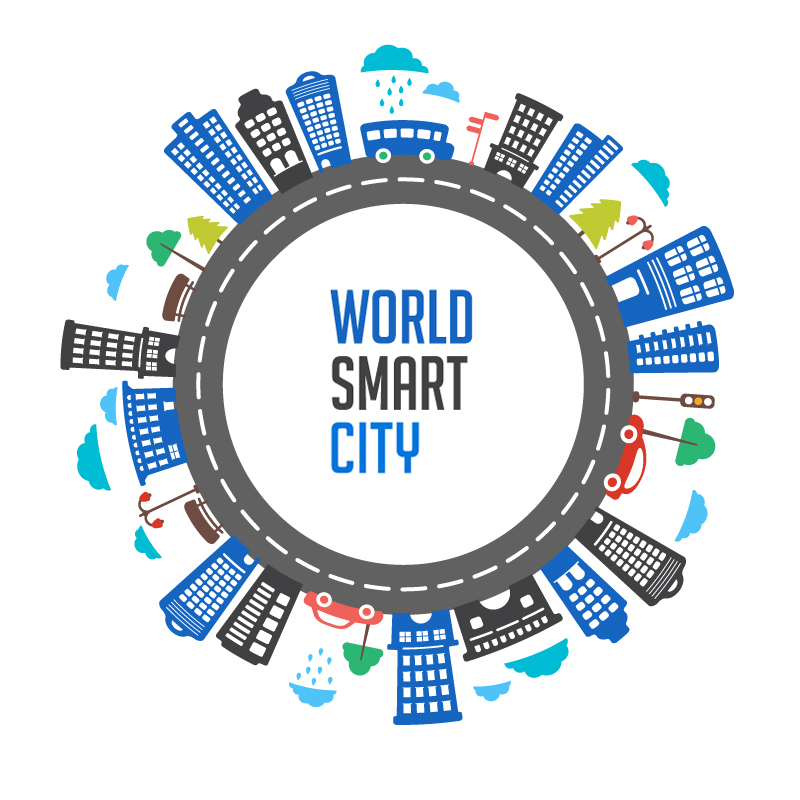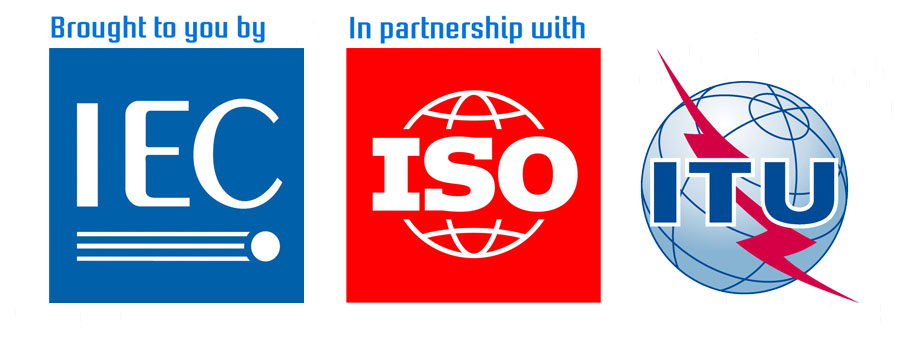The future of our urban communities - Meeting of the Minds 2016
A vigorous debate is underway this week — during Meeting of the Minds 2016 — about the future of our urban communities. The debate is focused, in part, on the potential value of the Internet of Things (IoT) to cities. What is the value added by IoT for a city’s key institutions, including city government agencies and private enterprises, educational and medical organizations?
IoT is defined as the intelligent connectivity of smart devices, expected to drive massive gains in efficiency, sustainable growth and quality of life. In other words, when objects can sense each other and communicate, it changes how and where and who makes decisions about our physical world. This is especially meaningful for private enterprises and public institutions, which can find more operating efficiencies, deliver greater value to customers, employees, and citizens in general, and enable new business models.
IoT has its roots in industrial automation, noticeable recently in the convergence of operational technology (OT) and information technology (IT).
The Internet of Everything (IoE) is the newest element of the picture. IoE builds on IoT by adding people, process and data. Our network intelligence allows convergence, orchestration, and visibility across previously disparate systems. IoT is a subset or element of the broader IoE. IoT is a gateway to reach the full value potential of IoE. IoE brings together people, processes, data, and things to make networked connections more relevant and valuable than ever before - turning information into actions that create new capabilities, richer experiences and better decisions.
With the explosion of devices and new applications, there is a drive to leverage the reach and power of the Internet to enable new intelligent interactions between those things. IoT is increasing the connectedness of people and things on a scale that once seemed unimaginable. In fact, devices already outnumber the number of human beings on the planet by a scale of 1.5 to 1.
In response, organizations across all industries and vertical markets need to create an expanded, adaptable network infrastructure that can grow along with evolving connectivity demands from inside and outside their organizations. At the same time, they need to ensure that the vulnerabilities inherent in this more complex, interconnected infrastructure are then secured.
Several factors are reshaping the IoT market:
-The explosion of data and data analytics enabled by cloud computing
-The growing interconnectivity across industrial/operational devices and growth in the number of smart mobile devices
-The convergence of networks - both industrial OT) and enterprise (IT) - that are enabling applications such as video surveillance, smart meters, asset/package tracking, fleet management, digital health monitors and a host of other next-generation connected services.
With the IoT, for example, a 1% reduction in capital expenditures from IoT-related efficiencies could save the oil and gas industry $90 billion over 15 years. (Source: GE report, “Industrial Internet: Pushing the Boundaries of Minds and Machines”, 2012.) Cisco estimates 50 billion devices objects will be connected to the Internet by 2020. (Source: Cisco’s study, published in conjunction with MIT, 2012). The potential value from the IoT is going to be enormous.
Connectivity means more data, gathered more frequently from more places, which in turn means more visibility and more ways to increase efficiency and productivity, while improving safety and security.
Analyzing data provides an even more sophisticated way to redesign entire processes and create new opportunities.
Smarter decision-making separates control systems from machines: already smartphones can remotely manage a number of physical objects like security cameras, thermostats, and lights.
Cisco’s own analysis pegs the market value of the IoT for those creating it at $80.3B by 2016.
Customers/businesses are facing increased competitive pressures, in nearly every industry, to get products to market more quickly, meet changing regulatory requirements, and at the same time innovate while obtaining greater operational efficiencies. In addition, growth in the number and types of devices as the result of a mobile workforce, supply chain partners, and the “consumerization” of business tools (anytime, anywhere, pay as you use technology enablement) are presenting network coverage and security challenges to nearly every organization.
To meet these challenges, businesses must become more agile, and stay ahead of their competition and quickly respond to market and technology changes. An IoT platform (across the infrastructure and applications) can help businesses meet these challenges and make organizations more innovative, efficient, and competitive.
However, the implementation of an IoT platform can bring challenges of its own. Disparate systems, machines and their proprietary protocols need to be managed, integrated, and secured. Connecting sensors, objects, machines, and devices with a simple, end-to-end infrastructure can be challenging without the right strategy and planning, and the right business partners. In addition, networking machines that have never been connected will generate vast amounts of data that will only be useful if harnessed effectively with a reliable network that can scale massively, offer high resiliency, provide near real-time access as well as end-to-end security.
The opportunities can far outweigh the challenges if managed with the right partner. The connection of devices, machines, and things will provide the opportunity to dynamically generate, analyze, and communicate intelligence for businesses to increase operational efficiencies and power new and greatly improved business models. With IoT, businesses will be able to find new ways to innovate and realize greater efficiencies with suppliers, distributors, and channels throughout the business value chain.
IoE is a global phenomenon that’s changing the way cities grow and thrive. IoE brings together people, process, data, and things to make networked connections more relevant and valuable than ever before. Today more than 99% of things in the world are not connected. But there’s good news: it’s estimated that by 2020, 4.5 billion new people and 37 billion new things will have joined the Internet. In the near future, the growth and convergence of information, people, and things on the Internet will make networked connections more relevant and valuable than ever before, creating unprecedented opportunities for countries, industries and individuals. The network plays a critical role in the IoE: it must provide an intelligent, manageable, secure infrastructure that can scale to support billions of context-aware devices.
How are cities capturing the value of IoE? With their access to cutting-edge technology and innovative solutions, cities are finding ways to leverage their technological power to transform the way they do business, the way citizens connect to services and to government agencies, the way that urban communities create lasting bonds between and amongst residents and visitors. The city’s ability to build, manage, and secure end-to-end IP-based platforms translates into the connections between things, people, and information. All of this is fueling the growth of IoE.
IoE requires a distributed networking, computing, and storage platform that connects people, process, data and things in ways that were not possible before. Today’s urban leaders know that the future is coming fast - and it’s just around the corner. They recognize that technology disrupts the market and creates new opportunities. They know that now is the time to seize those opportunities and they know that if they don1t do it, someone else will. They are asking: how can all this connectivity help me grow my business, deliver better services and experiences, and open up new possibilities?
They’re no longer just looking for a technology provider. They’re looking for a strategic partner who understands their needs and can help transform their business. A partner who can guide them through change, help them solve today’s business problems, and shape their organizations for the future. They’re looking for the intelligent connectivity that can help them to create sustainable value.
The great promise of networked and connected cities is, simply put, that “if it can be connected to a high-speed broadband ICT network, it can be smart - and, if it’s smart, it can help drive sustainable economic development, job creation, and growth”.
More than any other innovation, ‘the network’ seems to be impacting real flows in each key category: technology, capital, and labor.


